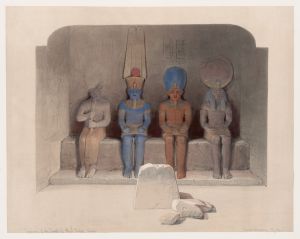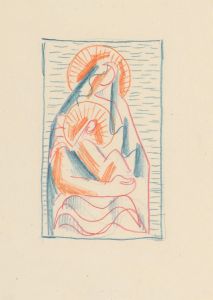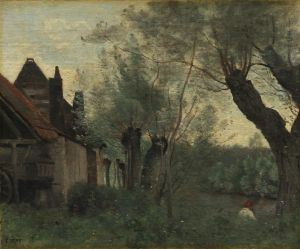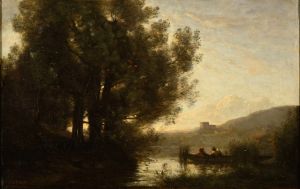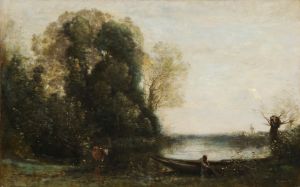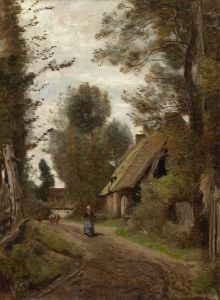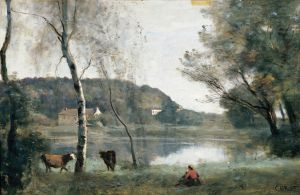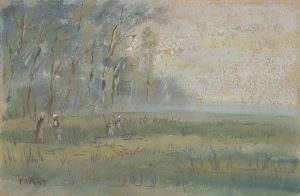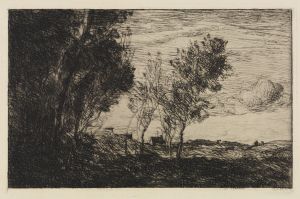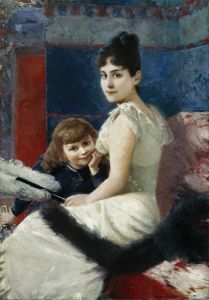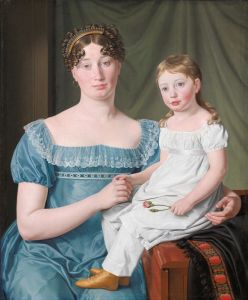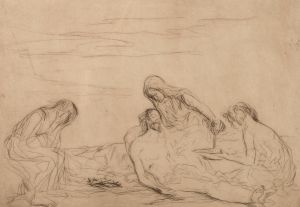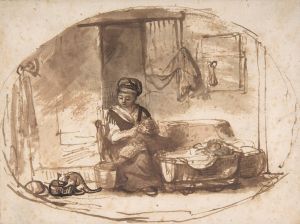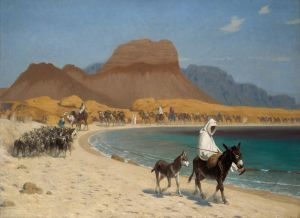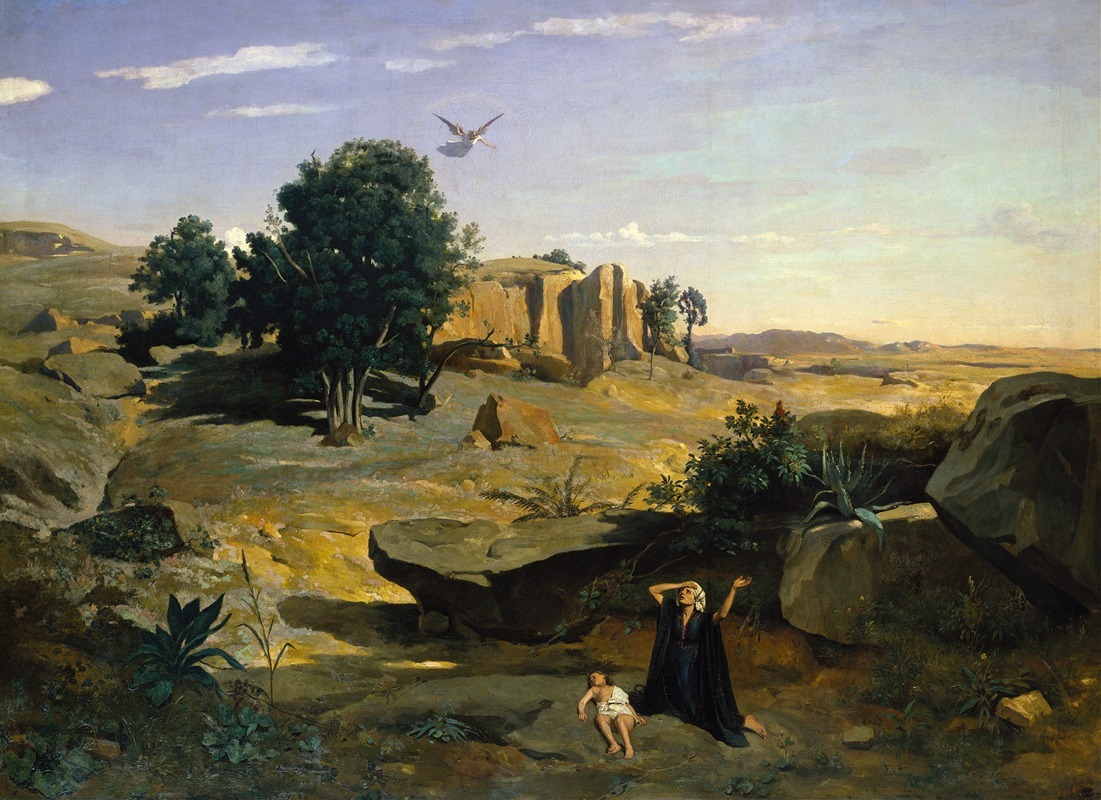
Hagar in the Wilderness
A hand-painted replica of Jean-Baptiste-Camille Corot’s masterpiece Hagar in the Wilderness, meticulously crafted by professional artists to capture the true essence of the original. Each piece is created with museum-quality canvas and rare mineral pigments, carefully painted by experienced artists with delicate brushstrokes and rich, layered colors to perfectly recreate the texture of the original artwork. Unlike machine-printed reproductions, this hand-painted version brings the painting to life, infused with the artist’s emotions and skill in every stroke. Whether for personal collection or home decoration, it instantly elevates the artistic atmosphere of any space.
Jean-Baptiste-Camille Corot's painting "Hagar in the Wilderness" is a notable work by the French landscape and portrait artist, who is often associated with the Barbizon School. Corot, born in 1796, was a pivotal figure in the transition from traditional neoclassical painting to the plein-air techniques that characterized the Impressionist movement. His work is celebrated for its atmospheric qualities and the delicate interplay of light and shadow.
"Hagar in the Wilderness" depicts a scene from the biblical story of Hagar, a maidservant of Sarah, the wife of Abraham. According to the narrative in the Book of Genesis, Hagar was cast out into the wilderness with her son Ishmael. The painting captures the moment of despair and divine intervention, where Hagar, in a state of abandonment, is visited by an angel who provides her with hope and sustenance.
Corot's interpretation of this biblical episode is marked by his characteristic use of soft, muted colors and a focus on the natural environment. The landscape plays a crucial role in the composition, enveloping Hagar in a serene yet somber setting that reflects her emotional turmoil. The use of light in the painting is particularly significant, as it highlights Hagar and the angel, creating a focal point that draws the viewer's attention to the central theme of divine compassion and hope amidst desolation.
The painting is an excellent example of Corot's ability to blend figures seamlessly into their surroundings, a technique that enhances the narrative's emotional impact. His brushwork is delicate and fluid, contributing to the overall sense of tranquility and introspection. The natural setting, likely inspired by the French countryside, is rendered with a sense of realism that was innovative for its time, foreshadowing the later developments in landscape painting.
Corot's "Hagar in the Wilderness" is also significant for its reflection of the artist's broader thematic interests. Throughout his career, Corot frequently explored themes of solitude, nature, and the human condition, often drawing from classical and religious sources. This painting is a testament to his skill in conveying complex emotional states through the medium of landscape, a hallmark of his artistic legacy.
The painting is housed in the collection of the Metropolitan Museum of Art in New York City, where it continues to be a subject of study and admiration. It exemplifies Corot's mastery of composition and his ability to evoke mood and narrative through the interplay of light, color, and form. As with many of Corot's works, "Hagar in the Wilderness" invites viewers to contemplate the relationship between humanity and the natural world, as well as the enduring themes of faith and redemption.
In summary, "Hagar in the Wilderness" is a distinguished work by Jean-Baptiste-Camille Corot that captures a poignant biblical moment with sensitivity and artistic finesse. It remains an important piece within Corot's oeuvre and a valuable contribution to 19th-century art, illustrating the artist's unique ability to blend narrative and landscape in a harmonious and evocative manner.





